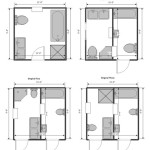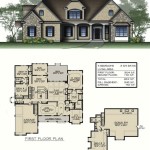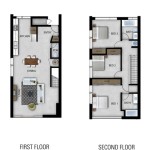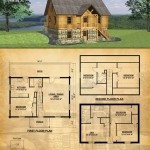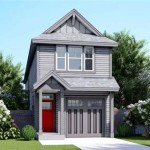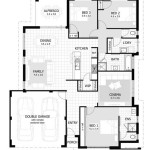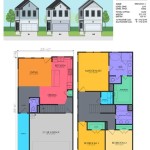Energy Efficient House Floor Plan
In today's environmentally conscious era, it is crucial to consider energy efficiency when designing a house. An energy-efficient house floor plan optimizes energy consumption, reducing environmental impact and saving homeowners on energy bills.
Here are key considerations for creating an energy-efficient house floor plan:
Orientation and Windows:
Proper orientation plays a significant role in energy efficiency. Locate the house to maximize natural daylight and minimize direct sunlight during peak hours. Large windows on the south side allow sunlight to warm the house in winter, while overhangs or trees on the west side provide shade in summer.
Insulation and Air Sealing:
Insulation is essential for preventing heat loss and gain. Use high-quality insulation in walls, ceilings, and floors. Air sealing air leaks around windows, doors, and other penetrations reduces drafts and improves energy efficiency.
Efficient Heating and Cooling:
Choose energy-efficient heating and cooling systems, such as heat pumps or geothermal systems. Proper sizing and installation are crucial to ensure optimal performance and minimize energy waste.
Zoning and Lighting:
Divide the house into thermal zones, with separate temperature controls for different areas. This allows for targeted heating and cooling, reducing unnecessary energy use. Use energy-efficient lighting fixtures and consider natural lighting through well-placed windows.
Passive Solar Design:
Incorporate passive solar design principles to harness the sun's energy naturally. Use thermal mass materials, such as concrete or stone, to absorb and release heat, reducing the need for mechanical heating or cooling.
Green Building Materials:
Consider using sustainable and energy-efficient building materials. Recycled materials, low-VOC paints, and energy-efficient appliances can contribute to a greener and more energy-conscious home.
Building Envelope:
The exterior envelope of the house, including the roof, walls, and foundation, should be designed to minimize thermal bridging and air infiltration. Properly sealing the building envelope ensures that the insulation is effective and reduces energy loss.
Conclusion:
An energy-efficient house floor plan is not only environmentally sustainable but also financially beneficial. By incorporating these considerations, homeowners can create a comfortable and cost-effective living space that reduces their carbon footprint and saves them money on energy expenses in the long run.

Cool Energy Efficient Concrete House Plans Houseplans Blog Com

Simpson Green Homes

Energy Efficient House Design

Sustainable Building In 2024 Energy Efficient Kit Homes

Simpson Green Homes

Floor Plan Friday An Energy Efficient Home Katrina Chambers

Home Designs Fsec

Energy Efficient Home Design Plans Cad Pro

Energy Efficient House Plan 33002zr Architectural Designs Plans

Energy Efficient Home Things To Consider Perry Homes

